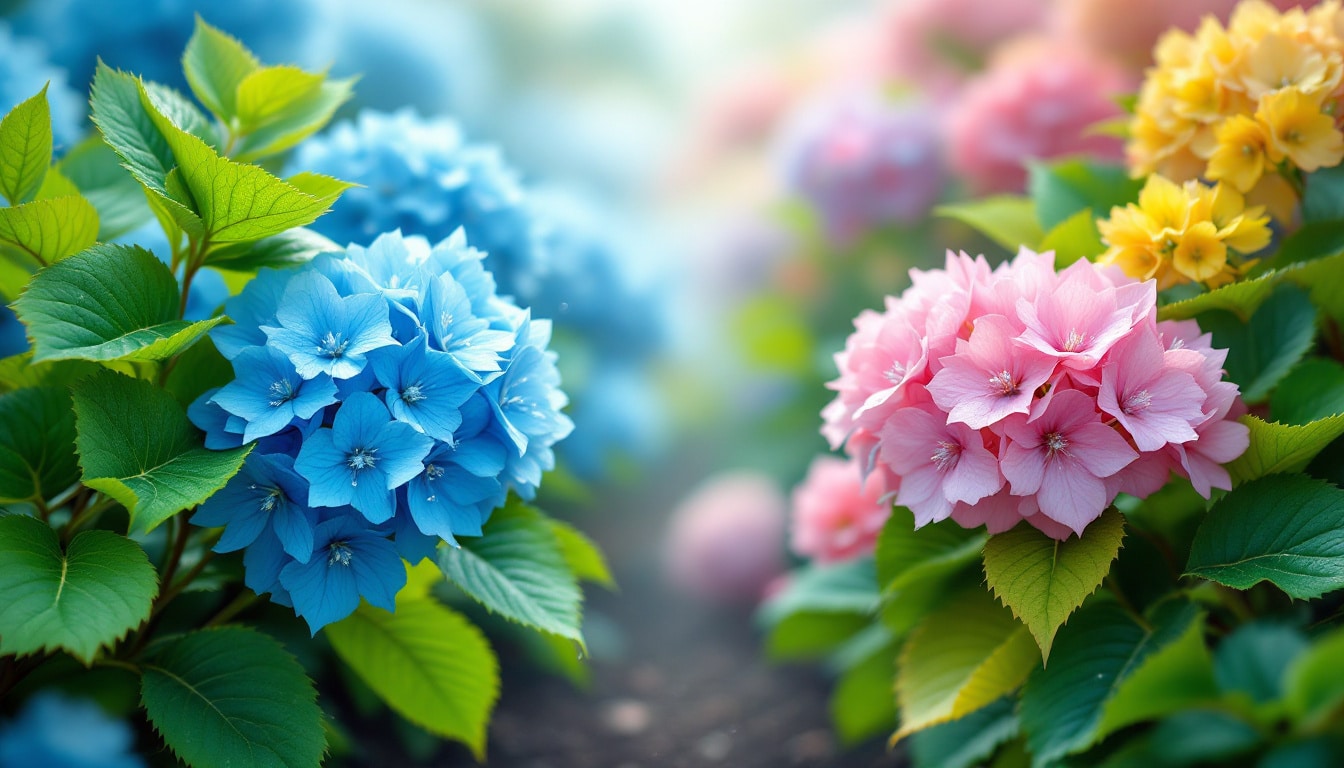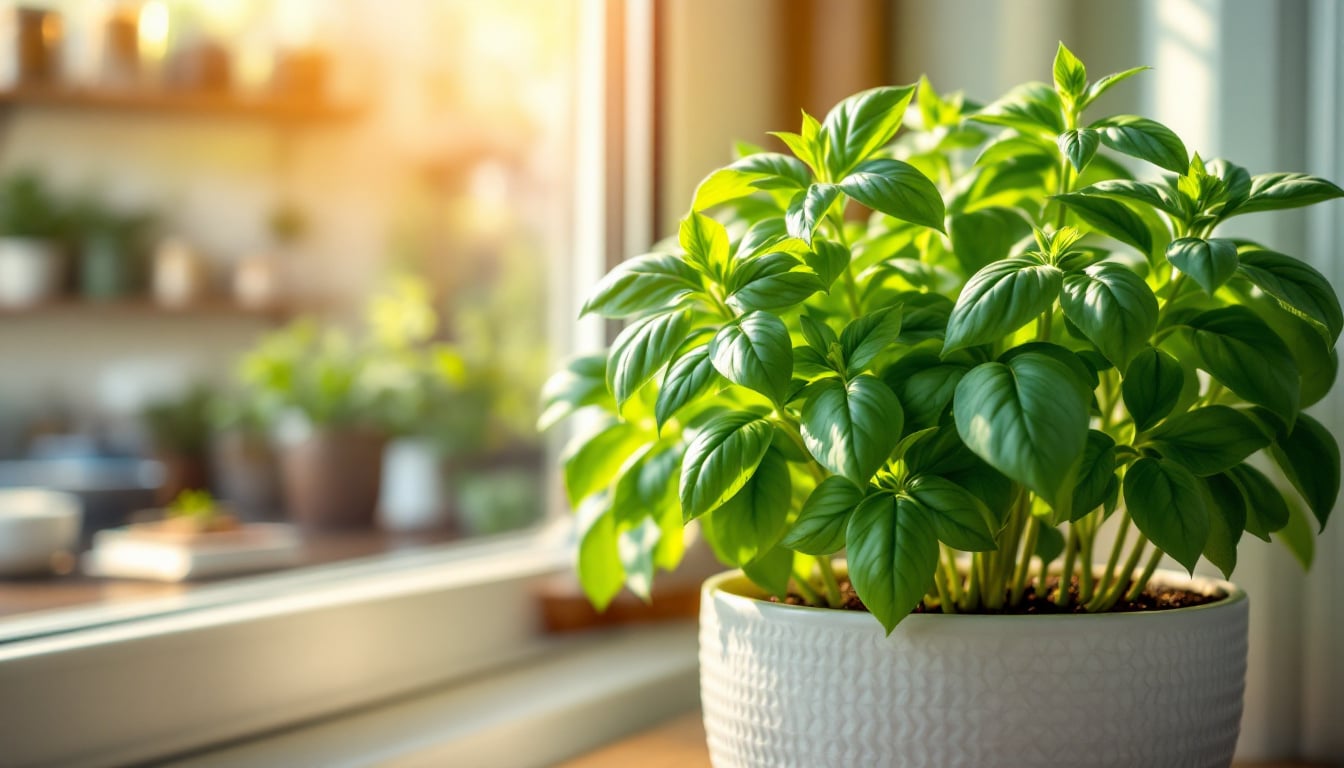Hydrangeas are often seen as the epitome of beauty in any garden, showcasing a stunning array of colors that can change with the conditions of their environment. If you’ve ever wondered how to manipulate the color of your hydrangeas, you’re in for a treat! This article will dive into the color hacks for your hydrangeas, specifically what to add to your soil to achieve breathtaking blue or pink flowers. Let’s explore the fascinating world of hydrangea color transformations!
Highlights
- Check Your Soil pH 🌱
- Change to Blue with Aluminum sulfate 🟦
- Make Pink Pop with Garden Lime 🌸
- Organic Matter for Color 🌍
- Easy Color Quick Fixes! ⚡
Did you know? The color of your hydrangea flowers is not only influenced by soil pH but also by the availability of aluminum in the soil!
Check Your Soil pH
The first step to manipulating the color of your hydrangeas is to check your soil’s pH. The hydrangea color is significantly influenced by how acidic or alkaline your soil is. For instance, if you’re aiming for vibrant blue blooms, you want your soil pH to be below 6.5. On the other hand, a pH above 7.5 will favor those beautiful pinks. This simple test sets the foundation for your color transformation journey. Soil pH testing kits are easily available in gardening stores and provide a straightforward way to determine your soil’s current balance.
Change to Blue with Aluminum sulfate
If you’re dreaming of a rich blue hydrangea, then aluminum sulfate is your best friend. By adding this compound to your soil, you will lower the pH, allowing hydrangeas to absorb more aluminum. You can apply a tablespoon of aluminum sulfate per gallon of water directly around the base of the plant when it’s moist. Make sure not to overdo it – a little goes a long way! For best results, this should be done twice a year, ideally in April and mid-May.
Make Pink Pop with Garden Lime
Conversely, to entice your blooms to turn pink, you will want to increase your soil’s pH by adding garden lime. Sprinkling limestone around the plant’s base will prevent the hydrangeas from utilizing aluminum, thus enhancing pinks and reds in their blossoms. This application should also occur in April and again in October, making sure to monitor the results along the way.
Top gardening hacks you’ll regret not knowing sooner: skip the digging, pair plants, and automate your mowing!
Organic Matter for Color
Incorporating organic matter into your soil can create a more stable environment for your hydrangeas. Adding compost or peat moss can help to gradually lower the pH of your soil, ultimately contributing to vibrant blue hues. Not only does organic matter help with color alterations, but it also boosts the overall health of your plants, fostering a rich ecosystem conducive to growth.
Easy Color Quick Fixes!
Using fertilizers that are tailored to either blue or pink hues can also assist in the transition. A high-potassium fertilizer can help with blue blooms while a higher nitrogen and phosphorus content can promote pink hues. Look for options like Miracle-Gro, which can be diluted in water and applied during the growing season to support the desired transformation of your hydrangeas.
| Hydrangea Color Hack | Description |
|---|---|
| Soil pH Test | Check acidity level using a testing kit. |
| Aluminum sulfate | Lower pH for blue flowers. |
| Garden lime | Raise pH for pink flowers. |
| Add Organic Matter | Use compost to adjust soil pH. |
| Use Fertilizers | High potassium for blue; nitrogen for pink. |
| Timing | Apply changes in spring and fall. |
In conclusion, the journey to achieving the perfect hydrangea colors is both rewarding and fun! By understanding the science behind soil pH and utilizing materials like aluminum sulfate and garden lime, you can easily change your hydrangea flowers from radiant blue to vibrant pink — or even a beautiful blend of both. Don’t forget to check back for more garden inspiration, and feel free to share this article with fellow gardening enthusiasts!





